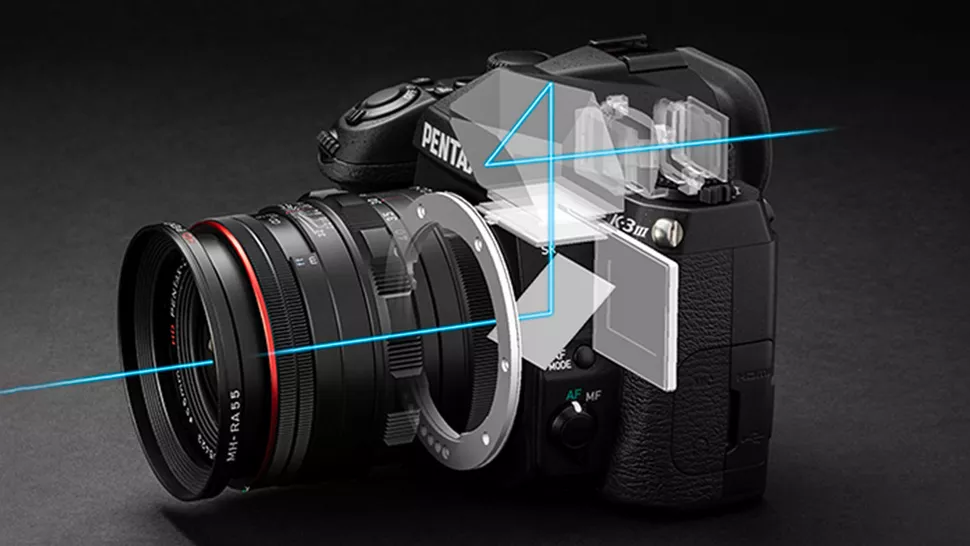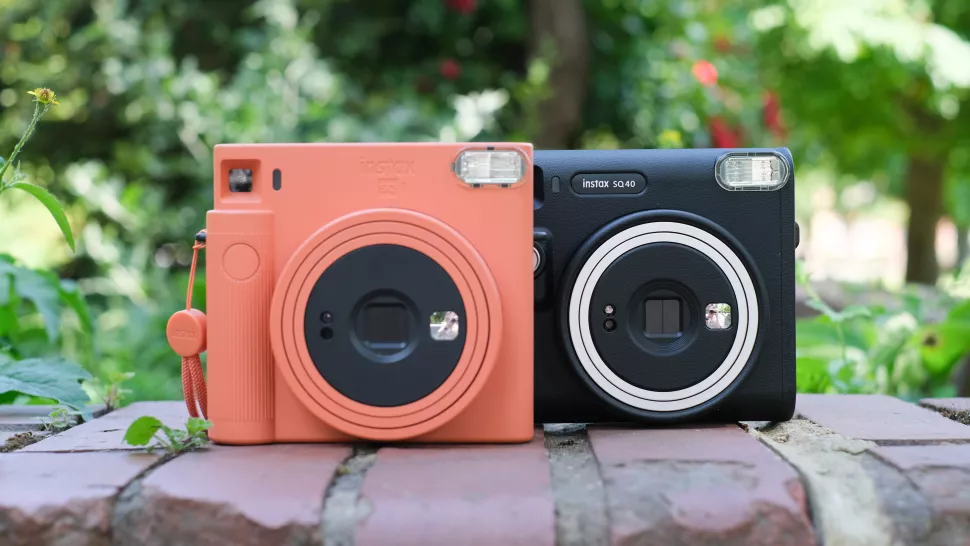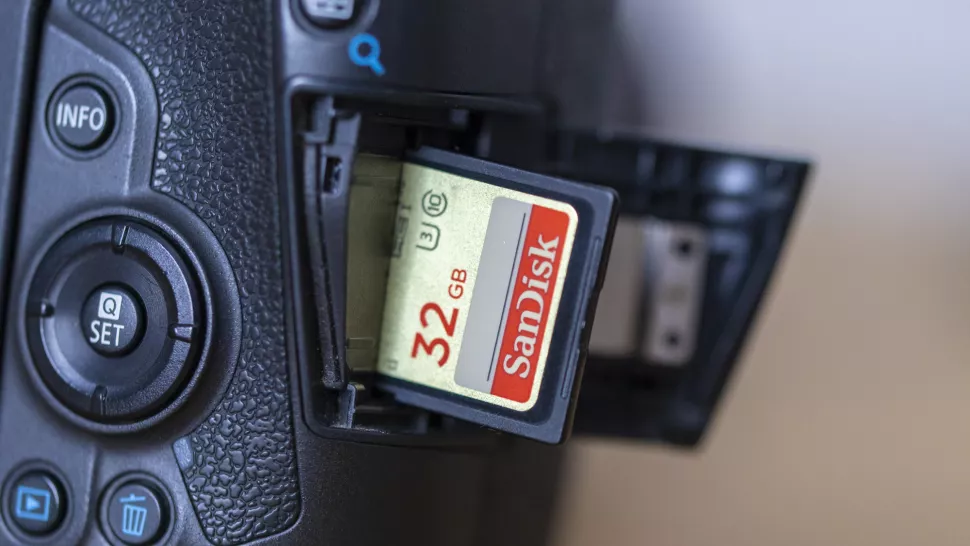There is a considerable lag between a technology’s introduction and its wide adoption by the market. This has happened quite a bit in the photography industry, but it is especially noticeable with interchangeable-lens cameras (ILCs).
Mirrorless camera is the future. The choice of DSLRs is rapidly declining, but amateurs and professionals still use DSLRs in significant numbers. Why? Why?
DSLRs are labeled ‘old tech,’ but they still share much with mirrorless cameras. The AF systems of these cameras, especially the high-end ones, are competent. We used to call them “state-of-the-art” a few years ago. Let’s face it, not everyone needs to shoot at 30, 40, or even 20 frames per second. While road-testing my Pentax K3III, I thought about all of this. For reasons I don’t recall, Australian Camera magazine missed this camera’s launch in 2021. But now was a good time to check it out. The experience was a real revelation for me, as I’ve been confined to mirrorless cameras ever since the end of 2020 when the Nikon DSLR D6 was the last DSLR I could test.
The K3 III was the flagship Pentax APS-C camera when it was first launched. It had a lot to offer in comparison with mirrorless cameras. Even though mirrorless cameras are now more powerful and capable, the K3 III is still very competitive.
Sensor shifting, which is the driving force behind in-body stabilization, can be used to provide several useful features. Ironically, however, the “Pixel shift resolution” function does not increase the resolution but enhances the color and definition. It’s a fair trade. In other places, the focus is on expanding your capabilities with more setting choices (except for full-frame Pentax DSLRs).
Ricoh, Pentax’s custodian brand, has said it is committed to DSLRs. This, of course, differs from the messages coming from Canon and Nikon. This makes sense, given the brand’s history in 35mm SLRs. Like Leica and the Rangefinder Camera, Ricoh will reference this in several ways, including a new film 35mm SLR, probably in 2024.
Limited editions have been released, including a Monochrome K3 III, which has proven to be a great way to maintain interest…and sell a few cameras at premium prices (and I do not mean this rudely). Overall, Ricoh has studied the Leica operating guide quite closely.
Ricoh’s casual approach to its 100th anniversary, although the Australian distributor put on a huge party, has also tested the resolve of Pentax customers. The future, however, is starting to look more exciting.
Pentax may be the last brand standing if you want a DSLR. But is it enough to convince people from their old Canons and Nikons to switch? We’ve found that the K-3 III offers a great deal of value without having to pay pro-level prices. The K-1 II is also a great option if you prefer a full frame.
The Pentax Lens System has also been under the radar, but it’s got some great stuff. And nothing compares to the K mount regarding the sheer number of legacy lenses. The new Pentax 35mm SLR will be a big deal and bring Pentax back to prominence. But there are also new DSLRs that can do some exciting things.
Ricoh has undoubtedly benefited from the past with Pentax. Let’s now see what Ricoh can do in the future.



